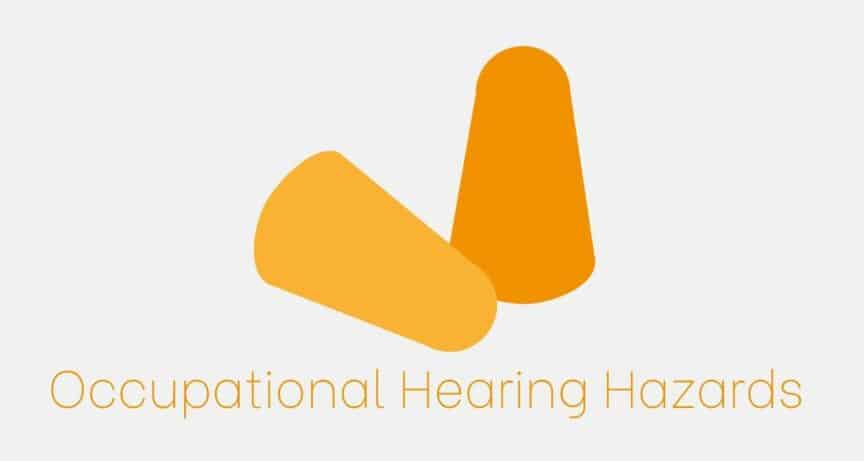
Occupational Hearing Hazards
Work environments are a common way people develop hearing loss. The Centers for Disease Control and Prevention (CDC) estimates that 24% of all cases of hearing loss are caused by occupational hearing hazards. Hearing loss is a permanent medical condition, the third most common, that affects over 48 million people. There are ways you can prevent its development including by practicing safety measures in your workplace. Protecting your hearing health supports you in living a fuller life, one that you can navigate daily with greater ease.
What are occupational hearing hazards?
Occupational hearing hazards are things people are exposed to in the workplace that are harmful to hearing health. The most common occupational hearing hazards are:
- Loud noise: the CDC estimates that 22 million people are exposed to dangerous levels of noise in the workplace. Working in loud environments is a common way people develop noise-induced hearing loss. Noisier work settings can include working in a music venue, airport or transportation hub, factory, construction site, etc.
- Ototoxic chemicals: these are chemicals people may encounter in the workplace which are made with substances that are toxic to the auditory system – the sensory system for hearing. Ototoxic chemicals include metals, solvents, nitriles, and carbon monoxide.
Loud noise is the most common occupational hearing hazard that people navigate. Loud noise can cause irreparable damage that leads to permanent hearing loss. But how exactly does loud noise impact hearing?
How can noise impact hearing?
Loud noise – weather-exposed one time or more consistently – can damage the hair cells in the inner ear. These sensory cells play an important role in how we process and understand sound. Hair cells that are in the cochlea, receive soundwaves and help convert these soundwaves into electrical signals. These signals then get carried to the brain which further analyzes these signals and assigns meaning, allowing us to understand what we hear. Loud noise can desensitize highly delicate hair cells, causing them to lose sensitivity and/or die. This prevents them from performing their essential function, meaning the brain receives less auditory input. The brain is then left struggling to receive and process sound information, making it more challenging to hear.
Hair cells in the inner ear, unlike other types of cells we have, do not regenerate. There are also no medical treatments that can correct the damage. This means that any damage is permanent, producing hearing loss. So how loud does sound have to be to cause this type of damage? Sound is measured in decibels and noise beyond 85dB can be harmful to hearing health. This is the equivalent of busy city traffic or a hairdryer. Experts suggest that people can be exposed to 85dB for 8 hours a day without affecting their hearing. But exceeding this means you need to significantly reduce your exposure time.
The Occupational Health and Safety Administration (OHSA) recommends reducing exposure time by half for every 3-decibel increase of noise after 85dB. Their guidelines for safe listening include:
- 85dB: 8 hours
- 88dB: 4 hours
- 91dB: 2 hours
- 94dB: 30min
Being exposed to high levels of noise longer than recommended can cause noise-induced hearing loss.
How can I protect my hearing at work?
Fortunately, noise-induced hearing loss is entirely preventable. There are strategies you can practice to protect your hearing health in the workplace. This includes:
- Wear hearing protection. There are various types of hearing protection including earbuds, headphones, and earmuffs. This offers the ears a physical barrier, reducing the amount of loud noise you absorb.
- Measure volume. It is important to be aware of the noise levels in your work environment. You can measure this in decibels by downloading an app that then allows you to adjust your exposure time accordingly.
- Access accommodations. Employers are legally required to create safe working conditions as well as provide workplace accommodations so that the workplace is accessible. Ask about the accommodations available for hearing which can protect your hearing health.
In addition to these strategies, be sure to have your hearing assessed regularly. This is especially important if you work in a noisier setting. Hearing tests measure hearing capacity in both ears and identities and hearing loss. This establishes your hearing needs and allows a hearing healthcare specialist to effectively treat those needs. Contact us to learn more.
